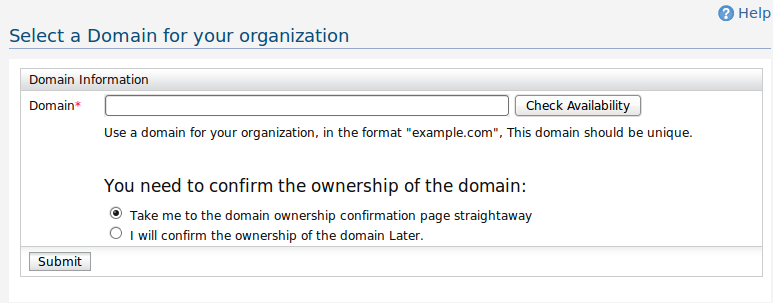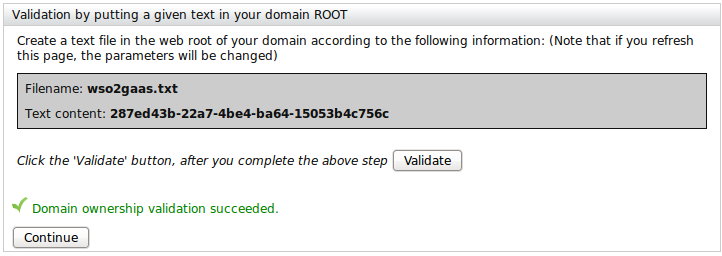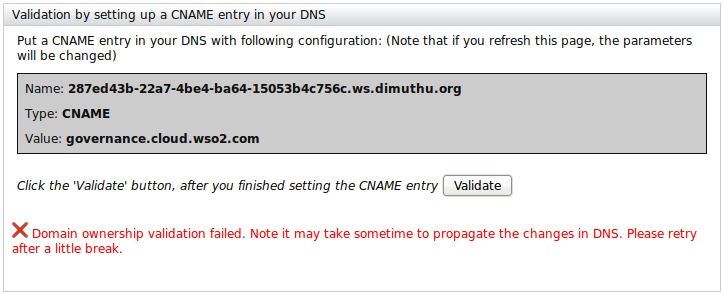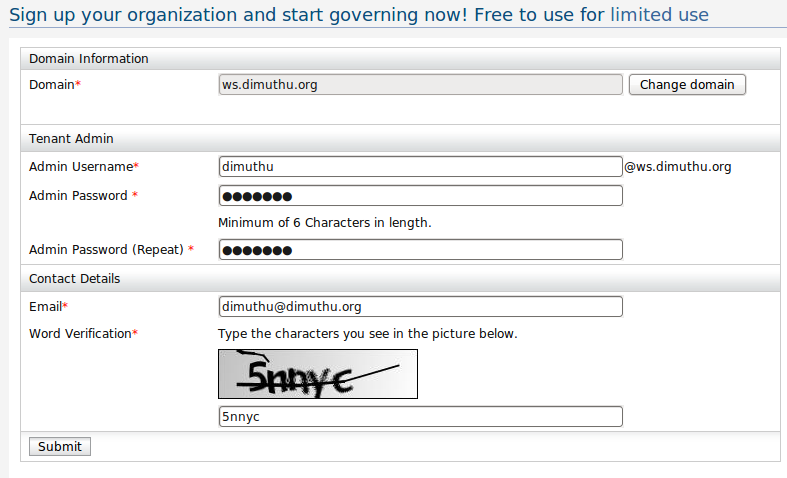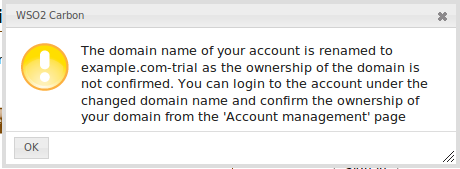WSO2 Governance Registry (G-Reg) (Formally known as WSO2 Registry) is released its 3.0.0 version along with two other sibling
WSO2 products, WSAS 3.1.0 and ESB 2.1.0. This is a major release specially for WSO2 Governance Registry as it contain number of new features and improvements.
1. The New Name - s/Registry/Governance RegistryThe product name itself changed from 'Registry' to 'Governance Registry' (abbreviated as 'G-Reg'). As it may hint you, now the product is more focused on the 'Governance' aspects than just the 'registry' or a 'repository' aspects. In early releases, it mainly used to store, retrieve configurations and persistence data that the other products would need. Now you can govern these resources (Services, Policies, Processes, People) inside the G-Reg itself. It has emerged to become a complete tool that help you in governing your SOA platform.
2. Separate Views for Add/View/Remove ServicesIn G-Reg 'Services' along with Service MetaData (policies, wsdls, schemas) are distinguished from other resources, as they are the key resources in a SOA platform. You will be able to add/list/view services directly from the main menu in the G-Reg UI.
[caption id="attachment_1004" align="aligncenter" width="228" caption="Add Service Metadata"]

[/caption]
When adding a service you will be prompted to provide additional details on the services. As they will help users in discovering these services. The fields of these details are configurable as you will change them according to the policies and requirements of your organizations, but the defaults will be adequate for most of the scenarios. Additionally G-Reg will do WS-I validation as you add WSDLs, Schemas.
Note that this is an additional view you will get as you can still discover services on a tree view arranged according to their namespaces using the registry browser as in previous releases.
3. Service Life cycle Management with Check-listsManaging service lifecycle is a core part of governing services. G-Reg provides you this functionality with a simple user interface.

Lifecycle states can be promoted or demoted. The state transition can be 'Designing' -> 'Developing' -> 'Testing' -> 'Deployed'. You can enforce a validation of a checklist in promoting the state to the next level. This states and the associated check-list items are highly configurable as you will change them to suit to the process of your organizations as you wish.
And G-Reg is shipped with a sample that extend the lifecycle management functionality by making it distributed. In there as you promote or demote the state, the service resource will move its position. The user guide on
'Distributed Life Cycle Management Sample' will describe how to use this functionality in more details. This will be really useful if you are enforcing a structured permission model in managing lifecycles. For an example you can enforce only developer role will be able to modify, check or promote a service in the 'Developing' state and QA role has permission in promoting a service in 'Testing' state and so on.
4. Business Activity Monitoring (BAM)This is a brand new feature provide in G-Reg. You may find the
user guide on 'BAM' will be really helpful in configuring the servers you want to monitor. But in order to view the monitoring data you have to go to the dashboard, which is the next new feature.
5. DashboardFor most of the you, this will be the coolest feature in the new G-Reg., an eye-catching dashboard filled with bunch of Gadgets.
[caption id="attachment_1007" align="aligncenter" width="753" caption="Dashboard"]

[/caption]
The dashboard provides you the information related to runtime governance as well as design-time governance as described in the
'Dashboard' user guide.
6. Eventing and NotificationsIf you want you to notified when a resource is updated or a lifecycle state of a service is changed, this feature will be really helpful. Look at the
'Eventing and Notifications' user guide on how you can get notified and the built-in events that you can listen.
7. Mount Remote Resources - Federating RegistriesIf you are maintaining two separate registry instances, this feature will enable you to share resources among them. In G-Reg you can create links to resources in remote registries (remote-links) as well as to the resources in the same registry (sym-links). Here is the
user guide for 'Sym Links and Remote Links' to read more details of the subject.
8. User ProfilesThe new G-Reg has the ability to keep multiple user profiles per user. A simple how to on creating profiles can be found in the
user guide on 'User Profiles'.
9. Checkin/Checkout with Local FilesystemThe new G-Reg is shipped with a command line tool that allows you to checkin and checkout registry resources with your local filesystem. If you are familiar with a version control system like subversion, the checkin/checkout commands will not be much difficult to you.
Checking out a resource is simple as (the following command is what you typed in linux, in windows you will use the checkin-client.bat instead).
./checkin-client.sh co / -u user -p user_pw
And to checkin,
./checkin-client.sh ci -u user -p user_pw
Similarly you can use this tool to create backups or move resource or resource hierarchy off-line. Here is a complete
user guide on 'Checkin-Client'.
10. Performance BoostLast but not least, the new G-Reg is performing very fast than its predecessor. In the performance test, it was seen each primitive operation in the registry is at least 10% faster in this release, where as some operations are performing much faster (for an example, 'Add Collection' operation seemed 50% faster). And the remote registry calls also optimized by keeping a local cache (http-level-caching).
This was a list of most notable new features in addition to the bunch of the features that was already there in the previous releases. You will be able to download WSO2 Governance Registry freely from the product website,
http://wso2.org/projects/governance-registry and evaulate these features as you want.
